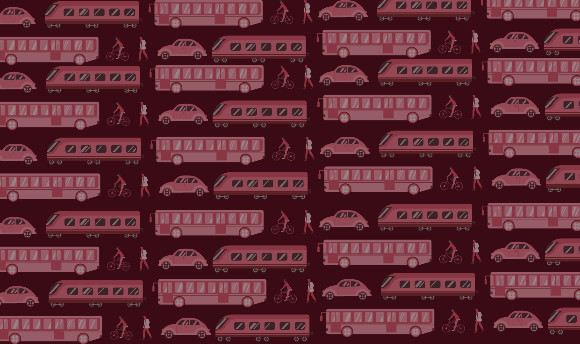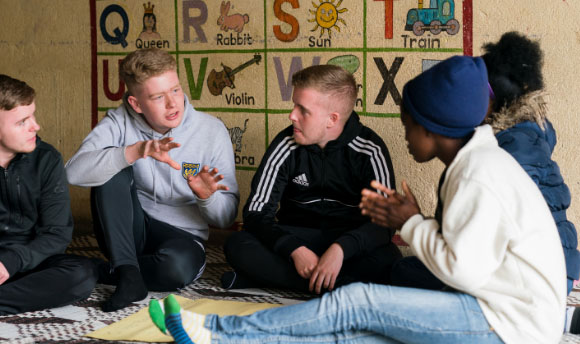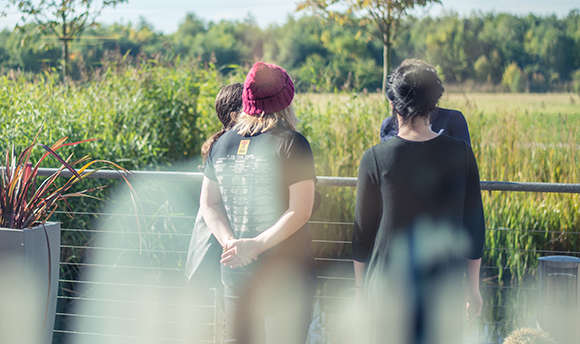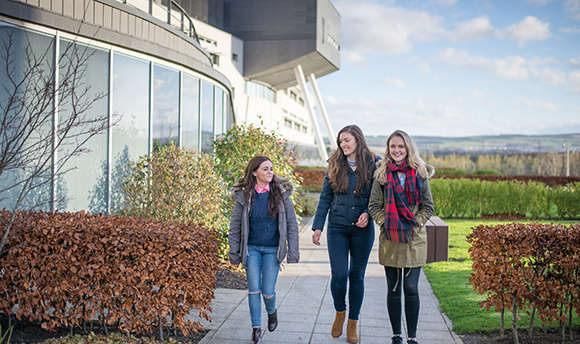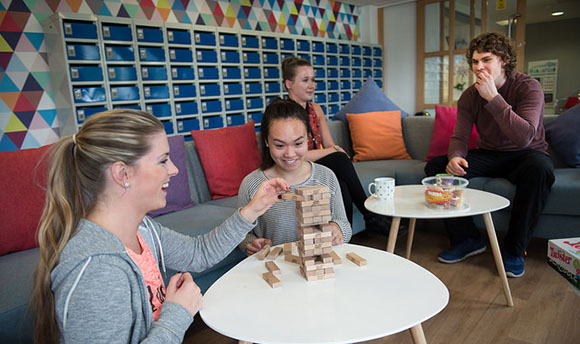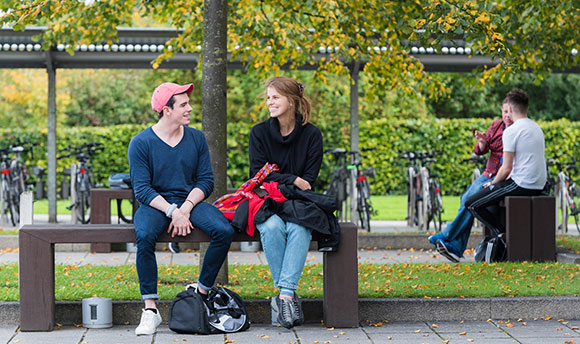Senior Lecture in Cultural Policy and Arts Management Anthony Schrag reflects on being the guest editor for a special edition of Public Art Dialogue, specifically looking at the notion of Public Art and Play. Subtitled, a Serious Piece of Nonsense, it presents some recent research exploring how artists and cultural organisations are using ‘play’ within public and participatory settings.
Over the past few years, I feel like I’ve had a sort of joyful Baader-Meinhof disorder: everywhere I look, I have been seeing cultural explorations oriented around the notion of ‘play’. Specifically, play and notions of public/participatory art. For those who know my work this might be obvious - I’ve often utilised games or other playful activities within public/participatory settings to speak to local concerns. So constantly seeing examples of play in public and/or participatory art contexts doesn’t seem out of the ordinary. However, I was taken by just how many different examples I was seeing. For example, the South London Gallery’s play-inspired education program “Art Block” and Glasgow’s Rumpus Room’s politically grounded activities were excellent examples of play and art that was oriented towards young people. But examples of play were not just for children - The Architectural Review produced a Play special issue last year that was most certainly not aimed at children. Even in the bleaker days of COVID-19, the sculptural engagements from The Bentway in Toronto (a discussion of which appears in this journal) was enlivening the cityscape with participatory art activities… Play seemed to be ubiquitous within public and participatory settings... but why play? I wondered if there was a more profound resonance underneath all this playful activity: What was occurring in the zeitgeist?
To me, 'public art' and 'play' are natural bedfellows as both are processes by which we make sense of the world. Indeed, if the articles included within this issue are anything to go by, play is an inherently political act because - like public or participatory practices - such practices are never too far away from questions of power, authority or a way to imagine a different world.
It is this critical eye on 'play' within the context of public art that makes it an important subject to study, as it unravels how artists have used playful strategies to examine everything from social dynamics, indigenous culture, state authority, or identity, to name just a few of the subjects the authors within this special edition touch upon. As such, the intersection of these domains offers an interesting insight into the ways in which public art/participation and play can be applied to examine the important issues of or times.
Which is not to say that play should be 'instrumentalised' - I.e., that we should employ play to 'address ills' or used towards specific (political) endpoints. Indeed the fraught nature of instrumentalisation can be seen through the lens of public art and social practices, the history of which contains a litany of critiques against the manufactured use of such work: the worst being that it veers towards social engineering and the kindest being that it's just not very good. One only need to look towards Social Prescribing to see how the automatic assumption that one domain (e.g., art) can seamlessly work in another (e.g., healthcare) will end in a mess of complications, contradictions and consternation.
Instead, the joy of this anthology was that each project is underpinned by a natural and intrinsic synergy between the fields and guest editing this journal was then a treat. The specific articles go into significant depth about their particular insights in ways that are far too nuanced to fit into this small blog, and so would encourage you to access this Special Edition to explore along with some excellent - and playful - scholars about how play can be an exciting methodology within the context of public and participatory activities. To paraphrase the artists David Sherry, while play is most certainly a piece of nonsense, it is also most definitely a serious piece of nonsense that is worthy of exploration.
